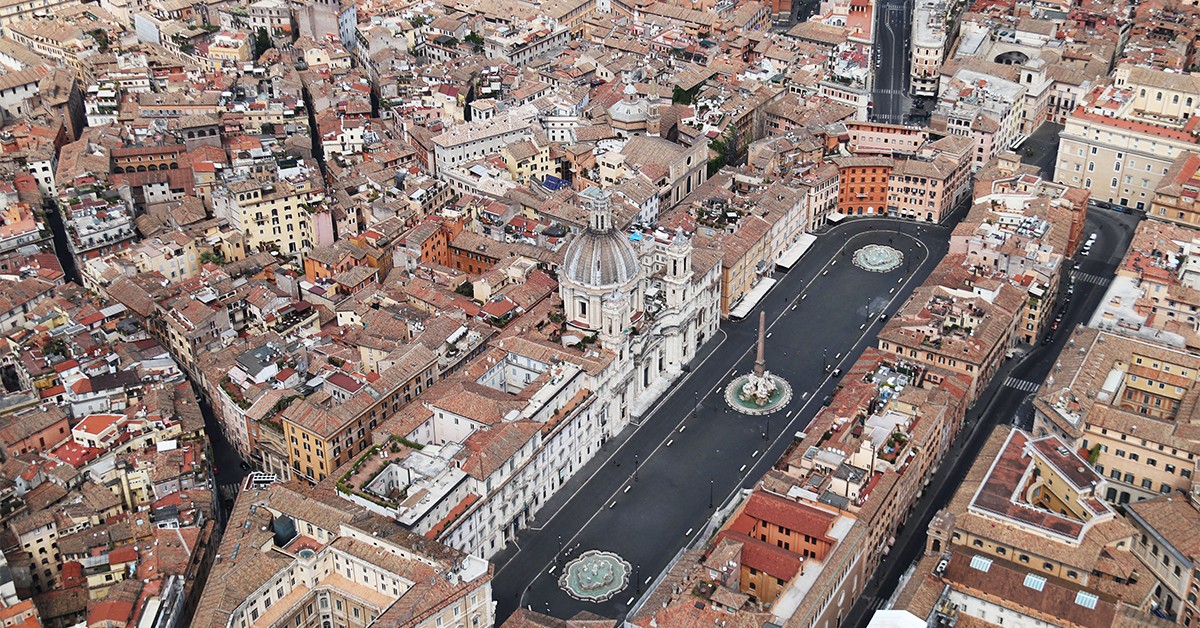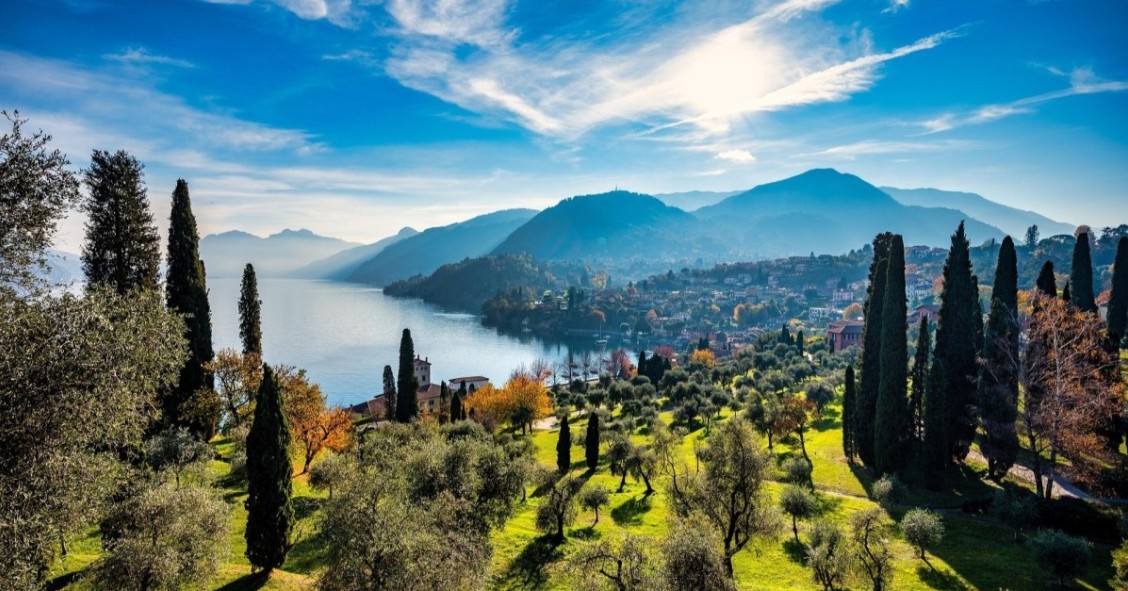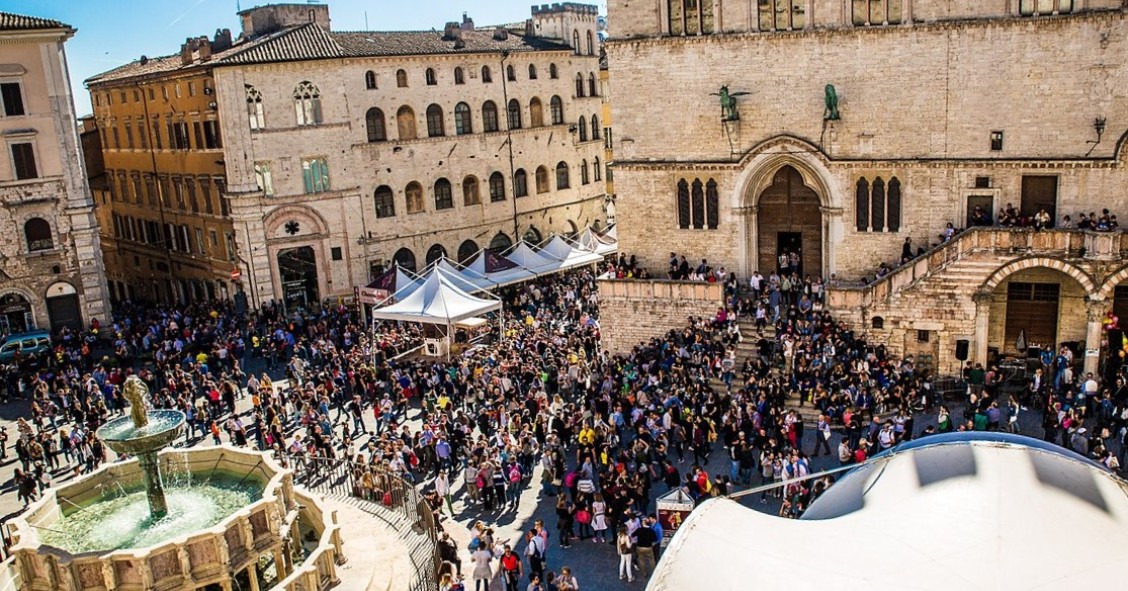
Rome has been shaped by millennia of history and sunny Italian culture, boasting a city centre that is a UNESCO World Heritage site. Known as the "Eternal City," it blends ancient wonders with modern comforts, making it a popular place to live for expats. It is situated in the central-western part of the Italian peninsula and has a warm Mediterranean climate. Living in Rome is like living in an open-air museum, with the picturesque river Tiber running through it.
Is Rome a good place to live?

Living in Rome feels like stepping into a fairy tale, with iconic landmarks at every turn and a lively cultural scene that highlights the energy of everyday life. Rome offers a plethora of cultural events and venues like MAXXI (Museo Nazionale Delle Arti del XXI Secolo), Parco della Musica Auditorium, and Sala Sinopoli concert hall.
For those who appreciate green spaces, Rome boasts the Villa Borghese park and the Parco degli Acquedotti, which forms part of the Appian Way Regional Park. Though not coastal, the city is just a short trip from beaches like Ostia, only 30 kilometres away.
Pros and cons of living in Rome

Let’s start with the advantages of living in Rome:
- World-class cuisine: Rome offers an unparalleled dining experience, featuring an array of Italian delicacies that foodies will love.
- Cultural richness: with a great arts scene and historical landmarks at every corner, the city provides endless cultural exploration.
- Gateway to Italy: Rome is the perfect springboard for exploring the rest of Italy, thanks to its central location and well-connected transport network.
However, Rome has its downsides:
- Bureaucratic complexity: administrative processes can be time-consuming and complicated, requiring patience and perseverance.
- Traffic and noise: the city experiences heavy and chaotic traffic, particularly in the centre, and the noise levels can be quite high.
Cost of Living in Rome

When considering a move to Italy, understanding financial requirements is paramount. The amount of money you need to live comfortably in Italy can vary depending on where you live, with expenses typically being higher in cities like Rome or Milan.
Dining out ranges from €55 to €90 for two at a mid-range restaurant; cappuccinos are around €2.50 and half pints up to €7. Living costs in Rome for a single person range from €2,100-€2,500 monthly, while students should budget between €955 and €1,120.
In April 2025, property prices in Rome averaged €3,124 per m2, with the centre being the most expensive. East of the centre, in the "Roma est-Autostrade" area, you'll find the cheapest housing in Rome on average, at €1,970 per m2. Some of the most expensive neighbourhoods in Rome include Parioli and Prati.
Renting in downtown Rome costs about €31.6 per m2, translating to €2,686 per month for an 82 m2 apartment, while renting in areas like Monte Sacro is cheaper, with rent on average €1,266 per month.
Living in Rome as an Expat

For expats, especially Americans and Brits, Rome offers a welcoming and diverse community. Popular neighbourhoods like Testaccio provide affordable living close to the action, with cultural sights and an active social scene.
The expat network is strong, organising social exchanges and meetups. There are also numerous international schools, including those offering an American curriculum. Institutions like the British School at Rome and the American Academy foster cultural and academic exchange.
Is it okay to speak English in Rome?
English is widely spoken in touristy areas and among younger Romans. The large expat community also means there are lots of services catered to an international community. English-speaking hospitals include the Rome American Hospital and International Medical Centre.
You’ll also find religious and social communities, such as the Anglican Church, which caters to English speakers. Assistance is available through English-speaking legal, immigration, and relocation services. However, making the effort to learn Italian aids daily life and community integration. Romans appreciate efforts to speak their language, and gestures often bridge communication gaps.
Visa and residency information
Foreigners from many countries can reside in Rome for up to 90 days visa-free, but for longer stays, a visa is required. Common visas for expats from the US and UK include student, work, and elective residency permits. There is also the possibility to obtain Italy’s digital nomad visa, however, it is important to check the latest information for requirements.
Living in Rome vs. Living in Milan

Deciding whether to buy a home in Milan or Rome may be influenced by prices, weather and what’s on offer. It’s also important to consider the difference in everyday living, where Rome's lifestyle offers a more relaxed yet dynamic pace.
Compared to Rome's €3,124 per m2 average property price, Milan's property price average is considerably higher at €4,986 per m2. Rent is generally higher in Milan too.
While Milan is a business hub for finance, fashion, and technology, Rome's economy thrives on tourism and creative sectors. The sunny climate and rich social life in Rome contrast with Milan's muted winters and fast-paced environment.
Living in Rome like a local

To live like a Roman, it’s a good idea to immerse yourself in local customs. Enjoy the region of Lazio's wine culture, master the espresso ritual, and explore the countryside on scenic hikes. Embrace culinary specialities like Cacio e Pepe and Supplì, and partake in the beloved aperitivo tradition.
Community engagement is enriched by participating in local festivals such as the Rome Film Festival, Natale di Roma, and Rock in Rome. Opportunities for learning Italian are plentiful, facilitating deeper integration and enjoyment of Roman life.
As they say, when in Rome, it’s best to get stuck in and adapt to the behaviour and customs of the environment around you.







